Simple Food {for winter} : Nourishing, Seasonal Recipes
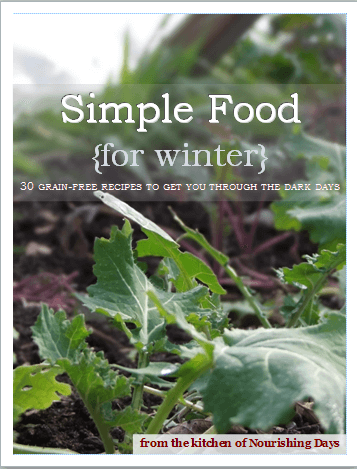
The idea of seasonal eating is coming back into vogue, as notions of local food and “100 mile” eating spread. A small portion of the general population is beginning to realize that out-of-season foods like fresh lettuce from California, avocados and tomatoes from Mexico, or watermelons from Ecuador in January (for goodness sake, seriously people?) just don’t make a whole lot of sense in so very many ways.
Trouble is, it’s easy to think and buy and eat local when it’s summer and the farmer’s market is bursting full of ripe, juicy goodness. Not so much in mid-January, when the white ground crunches under your feet, you dare not leave the house without wooly mitts, there isn’t a blessed green thing growing in your yard (save for the pine-needle draped Evergreen trees) and even the carrots you left in the ground to over-winter are so firmly frozen into the ground that you couldn’t gnaw on them if you wanted to. When do you eat then?
Shannon, a contributing writer here at Keeper of the Home and author of the blog Nourishing Days, has put out a recipe book that answers that very question, “What kind of seasonal food do you eat in winter?”. And how do you stay healthy doing it, for that matter?
Introducing Simple Food {for winter}.
I love the book myself, and have plans to put many of the recipes to good use this winter as we’re seeking to eat more and more seasonally all the time (especially with all the grain-free ideas, since we’re going back on the GAPS diet). I wanted to introduce the book to you, and I’ve interviewed Shannon to help get us thinking along the right track this winter…
1. You talk in your ebook about your version of the American Dream, a “home-based productive life of freedom”. Where did that idea come from and what does it mean to you?
I should first back up and say that not too long ago I was on the fast track towards the common American Dream. In 2005 I graduated from college, got married a month later, and was trying to figure out what I wanted to do with a degree in chemistry. We moved right after the honeymoon, my husband started a job as a support representative, and I began to tutor and free-lance.
Five months later I was pregnant. God really used this new life and responsibility to open our eyes to some tough questions. It became clear that our lifestyle was determined by the current culture and economy and not by the Bible. We wanted both parents to truly be raising our children rather than one or none. It was an easy decision for me to care for our children at home, but we knew my husband needed to be a bigger part of our children’s lives than a 9-5 job afforded.
It seemed that all of our questions and concerns lead us to a desire to live differently, consume less, and produce more. So we started learning how to grow and preserve food. We try to live without common consumables like paper towels and commercial deoderant. And we are now moving closer to having our papa working the land, at home, alongside our children.
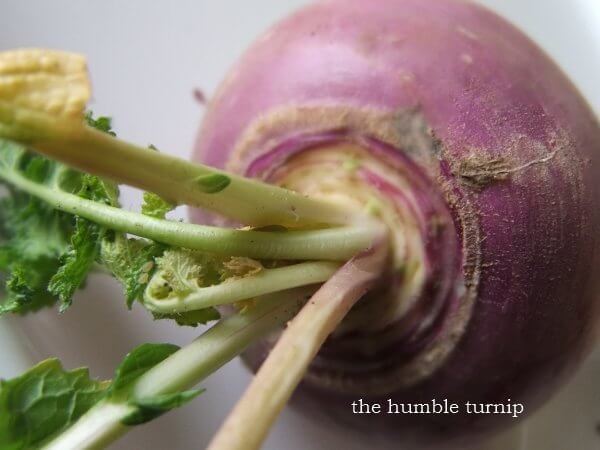
2. One of the main ideas in your book is that through food storage and careful planning, we can meet our body’s physical, nutritional requirements throughout the winter, even while eating entirely seasonal foods. Can you speak to that idea a bit?
I think we tend to have this idea that we have to have a certain look to our plate in order for it to be “balanced” or nourishing. The problem is that this isn’t realistic in terms of seasonal eating in a northern climate. I argue that our ancestors lived without the vegetables and fruits that we now ship across the country all year round, and so can we. The difference is that they actually took the time to plant and preserve foods that would provide them nourishment through the winter.
Take lacto-fermented vegetables for example. For those of us who have read Nourishing Traditions it may seem like a novel concept that we can get enzymes and probiotics out of a vegetable simply by brining and fermenting it. To our ancestors, though, that was how you preserved cabbage. There was no canning or freezing, so they used the God-given attributes of vegetables to create a nourishing food full of enzymes that would also keep through the winter. They also prized foods like liver and cod liver oil for their nutrient density.
To me it is simple. If we go back to the wisdom of the old paths we will find something that has been lost since the industrial revolution – some common sense and sustainability in the way we eat.
3. Most of us haven’t just spent the spring, summer and fall growing a large garden and preparing to eat seasonally from our own pantry or cellar. What are our best options for seasonal eating in that situation?
Throughout the book I have little asides like “Why Grain-Free?”, “How to Cook with Dehydrated Vegetables”, and “What if I Haven’t Preserved A Darn Thing?”. So I do address this question in the book by relying on my overall philosophy of do what you can with what you have. A lot of the food I preserved for winter came from local farmers, not our own garden. That’s because my husband still works a full time job and we rent. So instead of waiting until our ideal situation we decided to learn how to preserve food, even if it’s not homegrown, to prepare ourselves for a time when we do have more land to till. The same principle applies to anyone who wasn’t able to put up a cellar full of food.
If you have to go to the grocery store anyway then buy foods that you could have put up like potatoes, winter squash, cabbage, kale, and turnips. Make some sauerkraut with a storebought cabbage. I don’t think it is an all or nothing concept, but rather a process.

4. On that topic, what kinds of future steps do you recommend for those who are trying to move towards greater self-sustainability with food?
I think the first step is to change the way you think. If you’re like me you have grown up with this concept that food is something that is outsourced. The only reason that we are able to do that today is because of a propped up economy and cheap oil, which isn’t always going to be cheap.
Ask yourself if your lifestyle demands that you rely on a grocery store or foreign oil. Start asking questions about how food is grown and prepared. Learn to do without some things and make others like yogurt or bread. Start growing something and then you’ll want to grow everything. Take stock of every thing you eat and find a way to make it, grow it, or raise it at home.
4. I noticed a lot of soup recipes in the book (which look delicious, by the way!). What makes soups or stews such a great winter dish?
That’s funny because originally I had thought this book was going to only include soups, but then I decided to include other one (or two) pot meals that we really enjoy. Soups appeal to me for a few reasons:
1. Their basis is usually stock, which is super nourishing and cheap.
2. You can add just about any vegetable or protein to stock and it will be delicious.
3. They are one pot wonders so the only other food needed is a lacto-fermented condiment.
 4. They are budget stretchers.
4. They are budget stretchers.
5. They are so simple to make.
5. Which recipe in the book do you find yourself going back to over and over again, and what makes it such a favorite?
You know I thought when I finished the book that we would be tired of eating these recipes since I had been testing them daily for three months. The problem is that just about everything we like to eat during the winter is in that cookbook.
My husband’s absolute favorite is the Cheeseburger Soup so I try to make that every couple of weeks. The bean soups almost always make it on the menu once a week because they are just so easy and cheap. And my personal favorites include the Thai Chicken Soup and Winter Minestrone, which I made a few days ago in literally five minutes by using dehydrated vegetables, leftover chicken, and home-canned tomatoes.
Sound intriguing?
You can purchase your own copy of Simple Food {for winter} here for $10. The 58-page book contains 30 recipes and 10 full color photos.
It will also be available soon in print, for those who prefer to have a copy in hand. Click on the link above, scroll down to the bottom of the page, and you can enter in your email address to be notified when it is available as a paperback book.

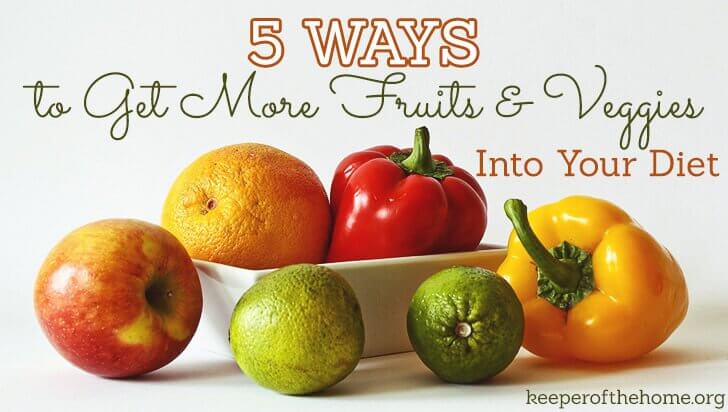
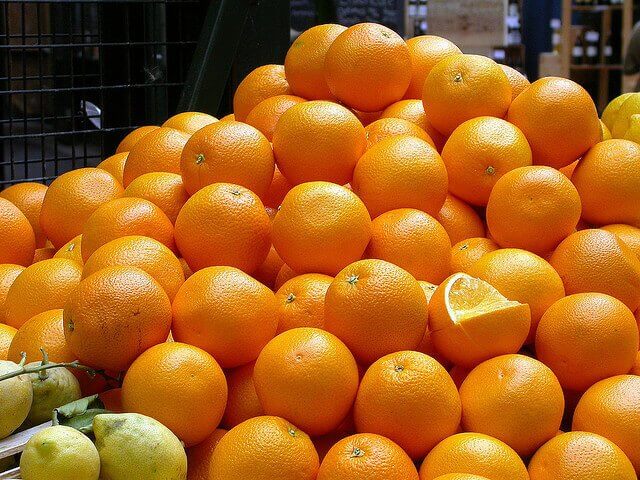
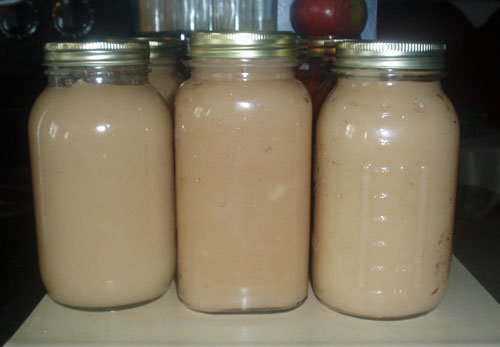
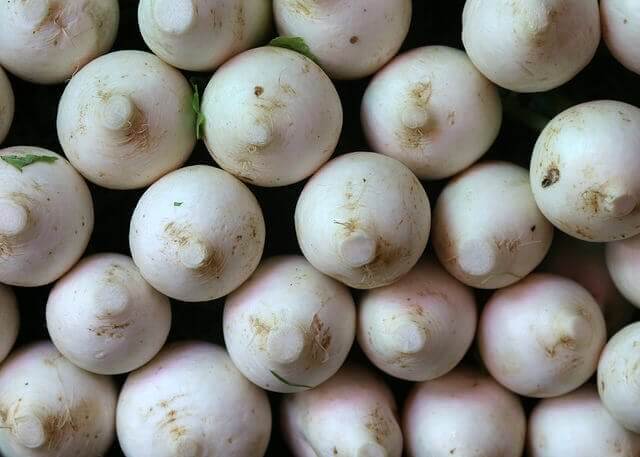

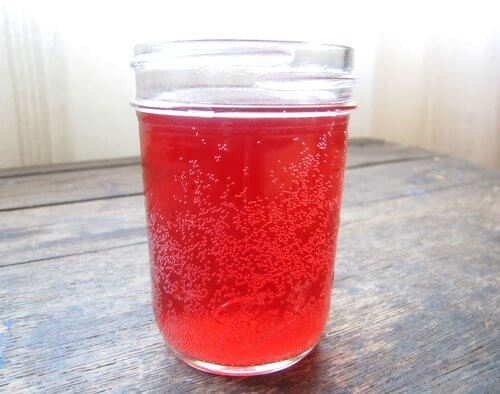
I am thoroughly enjoying soups and stews in my crockpot this winter, but aside from that, I am still getting the hang of buying in season. I find in the winter my produce intake drastically reduces. I find I am already pining for the warmer weather to taste those juicy strawberries and blueberries. I should stop pining though, I have a ways to go. lol. 🙂
Looks good! I have to admit I’m getting a bit tired of cold weather veggies!
It is hard when you don’t have a garden, or have preserved much from the summer. I used the last of my frozen tomatoes this week, and now am faced with a dilemma. Do I buy out-of-season fresh tomatoes, use canned, or wait until the end of next summer? I thought a health food store would have tomatoes canned in jars, but I was wrong.
I’ve pretty much got a ban on all canned foods in our house, especially being pregnant, and tomatoes are such a staple of our diet I’m thinking I may have to break down and buy some California tomatoes! Any suggestions?
@Kait Palmer, Tough call! I would probably consider buying some fresh, or you could also see if any of your stores carry a BPA-free canned version. Eden Foods is a good one, and Native Forest is BPA-free too (but I don’t know if they do tomatoes, or only fruit and coconut milk). Another option is buying dehydrated tomatoes and rehydrating them, and then you could also blend that up into a sauce or more chunky tomatoes if you wanted.
@Stephanie @ Keeper of the Home, Is Eden Foods canned tomatoes really BPA free? I was told by my food co-op that only their canned beans are.
I have been reading some of your posts on GAPS diet. I think this might be right for my 3 year old who has Dyspraxia and diarrhea. We tested her for gluten intolerance, malabsorption – all tests were fine and her doctor says that nothing is hurting her and that it is not related to her low muscle tone and physical challenges (Dyspraxia). I’m suspect and this book (Gut and Psychology Syndrome) might be it for me! But how do I get it for less than $50?? It’s not at the library (we live in a big city) Does anyone know? Thanks!
@JMS, We bought ours from Amazon, but wow, it wasn’t $50 back then (more like $35 I think). There are some GAPS websites that also sell the book, but you may end up paying a similar price. Unfortunately, it’s not particularly easy to come by. That said, there is a lot that you can learn about the diet simply through web research, blogs like mine (also check Kelly the Kitchen Kop, Health, Home and Happiness, Cheeseslave– there may be others), and the GAPS sites and forums that exist.
@JMS,
I bought my GAPS book here: http://www.shop.gapsdiet.com/product.sc?productId=1&categoryId=7
Looks like the book is currently back-ordered, but it’s $32.50 plus shipping. (Probably around $5?). You can do GAPS without reading the book, but I would personally highly recommend getting the book. It’s a fascinating read and does an excellent job of explaining why some people need the GAPS protocol to heal. It’s also helpful, I think, to really understand why GAPS prohibits certain foods and promotes others.
I’ve just got to put my two cents in here and say that I LOVE this book! I bought it on a whim a few days ago, and have read it through and already made one of the recipes. Delicious!! Almost everything in this book is something I am really excited to make, and I love it even more because it is really simple. It takes the stress out of trying to eat a new way. After reading this book, I just really feel like I can do this! Thanks!!
@Heather, I am sooo glad! Thanks for adding your $.02 and thank you Stephanie for featuring the book!
Sounds like a very helpful book, I’ve been trying grain-free for about the past year and I remember feeling really overwhelmed at first. A source of seasonal recipes would be a great help to anyone.
I love the interview you did too. We’re about to move to a home that doesn’t have a yard for a garden, but it does have a cellar, I like the idea of practicing to preserve produce that’s bought at farmer’s market… very clever 🙂